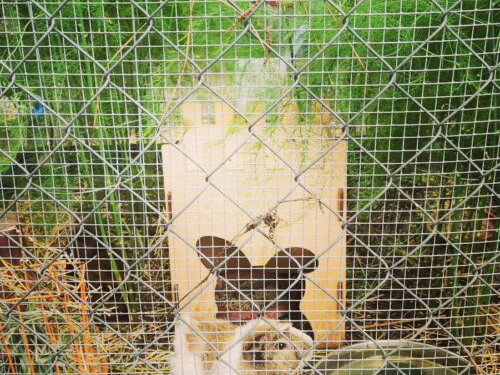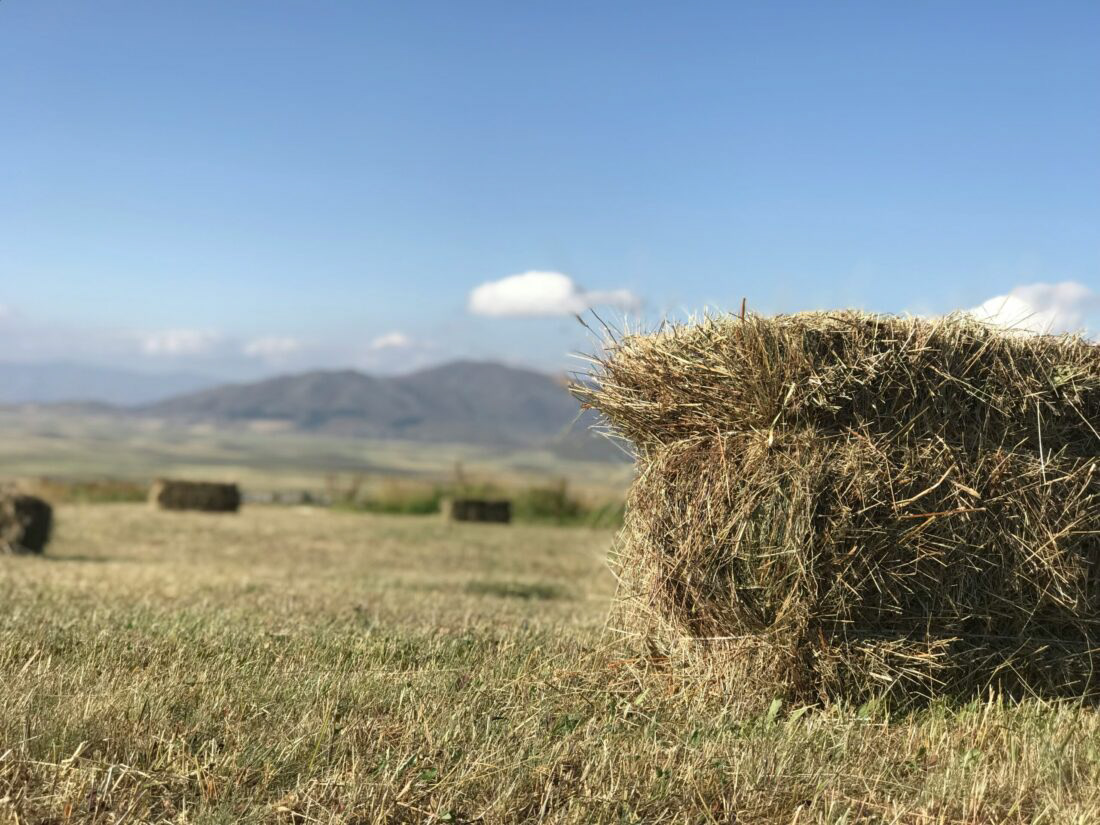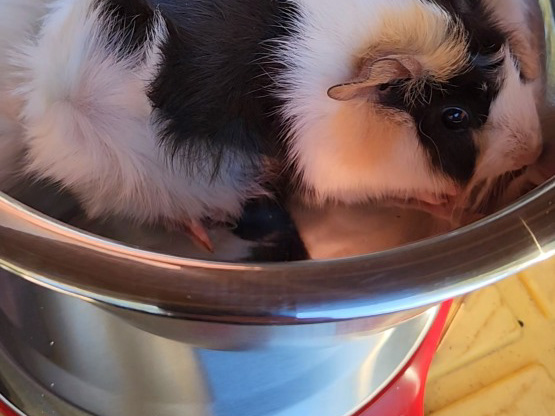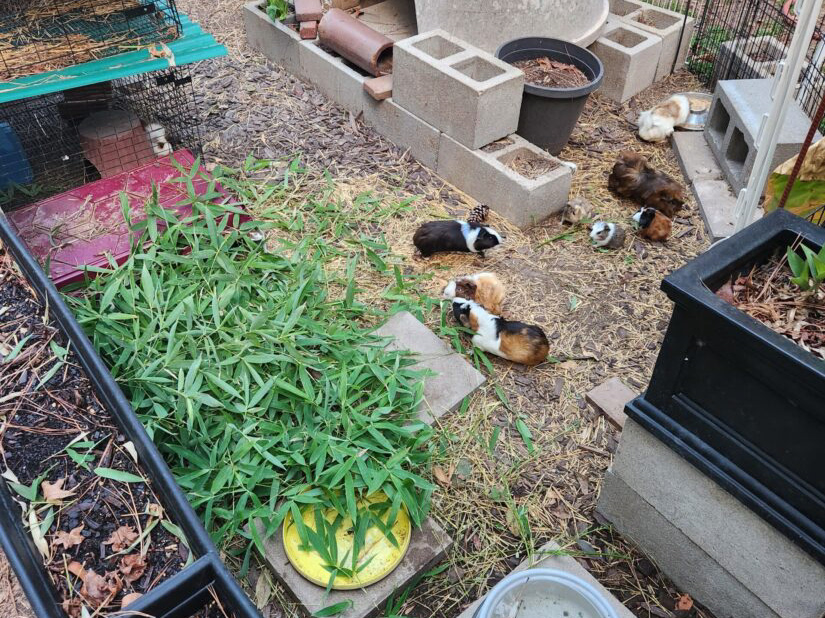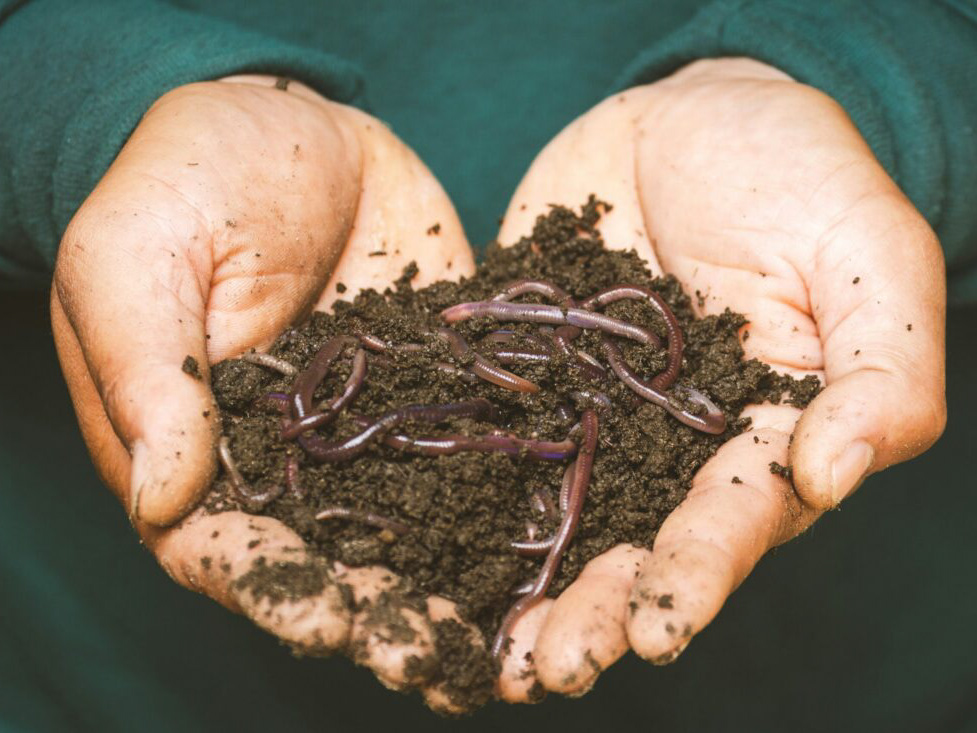Butterfly and pollinator gardens are vibrant sanctuaries designed to attract and support a diverse array of pollinating insects, including butterflies, bees, and hummingbirds. These gardens not only serve as havens of natural beauty but also play a crucial role in fostering biodiversity and supporting the health of ecosystems. With carefully selected plants that provide nectar, host habitats, and a palette of colors that dazzle the senses, these gardens invite a symphony of life and color into outdoor spaces.
1. Nectar-Rich Plants:
Central to the design of butterfly and pollinator gardens are plants that offer abundant nectar, acting as a vital food source for butterflies, bees, and other pollinators. These gardens often feature a variety of flowering plants with different bloom times, ensuring a continuous supply of nectar throughout the growing season. Nectar-rich flowers, such as coneflowers, bee balm, and butterfly bush, attract pollinators with their vibrant hues and sweet aromas.
2. Host Plants for Caterpillars:
In addition to nectar sources, butterfly gardens incorporate host plants that provide suitable habitats for butterfly larvae (caterpillars). Different butterfly species have specific host plants on which they lay their eggs, and these plants are crucial for the survival and development of caterpillars. For example, milkweed serves as the host plant for monarch butterflies, supporting their entire life cycle from egg to adult.
3. Colorful and Fragrant Blooms:
The visual appeal of butterfly and pollinator gardens is enhanced by the strategic use of colorful and fragrant blooms. Brightly colored flowers, such as vivid oranges, purples, and reds, attract butterflies with their vibrant hues. Fragrant flowers, like lavender and salvia, further entice pollinators and contribute to the sensory richness of the garden. The careful selection of plants creates a visually stunning landscape that captivates both human admirers and its winged inhabitants.
4. Habitat Diversity:
Creating a successful butterfly and pollinator garden involves considering the overall habitat. These gardens may include features like rock piles, logs, or small water sources that provide resting spots, shelter, and drinking opportunities for pollinators. Sheltered areas and diverse plant heights offer protection from predators and create microclimates that accommodate a variety of species.
5. Educational Opportunities:
Beyond their aesthetic appeal, butterfly and pollinator gardens present valuable educational opportunities. Many feature interpretive signs or educational programs that highlight the ecological importance of pollinators in the lifecycle of plants and the interconnectedness of ecosystems. These gardens serve as outdoor classrooms, fostering an appreciation for the intricate relationships between plants and pollinators.
6. Conservation and Advocacy:
Butterfly and pollinator gardens contribute to broader conservation efforts. As pollinator populations face challenges such as habitat loss and pesticide exposure, these gardens play a role in creating safe havens and corridors for their survival. Gardeners and advocates often use these spaces to raise awareness about the importance of pollinators and the need for conservation initiatives.
Summary
In essence, butterfly and pollinator gardens are not only showcases of natural beauty but also integral components of ecological conservation. Through thoughtful plant selection, habitat creation, and educational outreach, these gardens inspire a deeper understanding of the vital role that pollinators play in sustaining the biodiversity of our planet. Each bloom, fluttering wing, and moment of pollination becomes a celebration of the intricate dance between plants and their pollinator allies.
As always you can follow along on Facebook!


